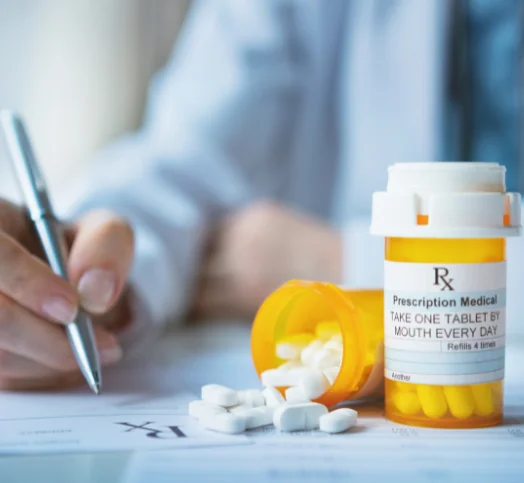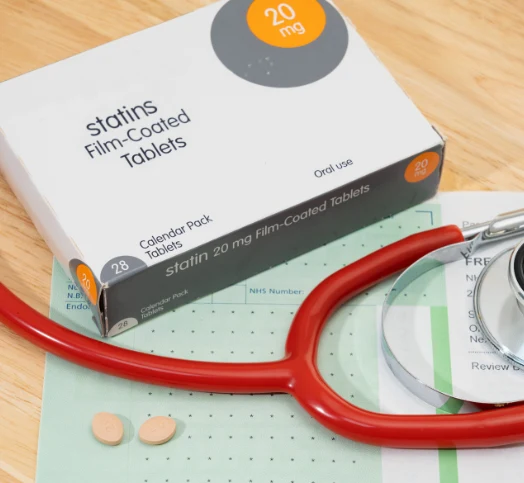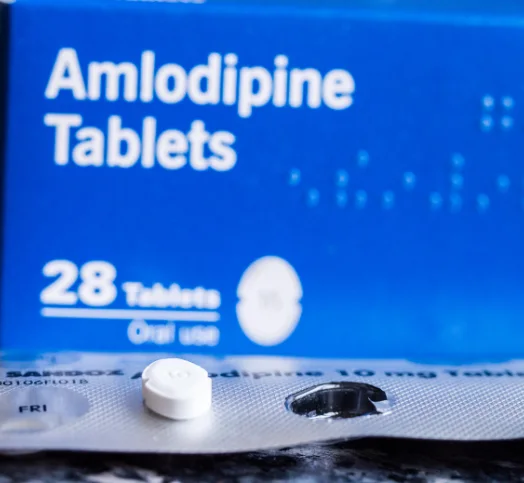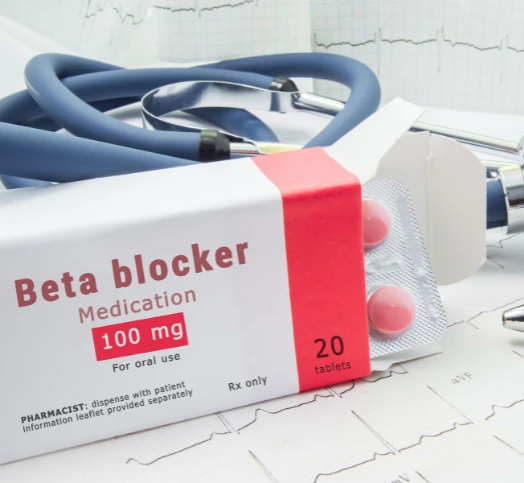Cardiovascular disease (CVD) continues to rank as a leading global cause of mortality, underscoring the importance of primary prevention strategies to mitigate CVD risk. To reiterate, primary prevention is specifically aimed at reducing the likelihood of cardiovascular events in individuals who are currently free from disease but possess risk factors.
Aspirin, a widely used medication that hinders the function of blood platelets, has been extensively investigated for its potential role in primary prevention of CVD. Nonetheless, employing aspirin for primary prevention involves a nuanced evaluation due to its associated benefits and risks. In this article, we will delve into the utilization of aspirin for primary prevention in cardiovascular disease. We’ll explore its mechanism of action, advantages, drawbacks, and current recommendations.
This topic frequently sparks discussions with my patients, particularly whether aspirin could prove beneficial even in the absence of established cardiovascular disease. Let’s delve further into this subject to gain a deeper understanding.
Mechanism of Action
Aspirin is a type of medicine that works by slowing down a specific enzyme called COX-1. This enzyme is responsible for making a substance called thromboxane A2, which can cause blood platelets to clump together and narrow blood vessels. By slowing down COX-1 and reducing thromboxane A2, aspirin helps prevent blood platelets from sticking together and forming dangerous clots. This could lower the chances of heart-related problems like heart attacks and strokes.
 Acetylsalicylic acid, commonly referred to as aspirin, is a medication that belongs to the nonsteroidal anti-inflammatory drug (NSAID) family. Beyond its familiar role in alleviating pain and reducing inflammation, aspirin has garnered attention for its potential impact on heart health.
Acetylsalicylic acid, commonly referred to as aspirin, is a medication that belongs to the nonsteroidal anti-inflammatory drug (NSAID) family. Beyond its familiar role in alleviating pain and reducing inflammation, aspirin has garnered attention for its potential impact on heart health.
Benefits of Aspirin in Primary Prevention
Several clinical trials and meta-analyses (a research method used in scientific studies to systematically combine and analyze data from multiple individual studies on a specific topic or research question) have evaluated the use of aspirin in primary prevention of CVD, particularly in individuals at moderate to high risk of CVD events. The evidence suggests that aspirin may have some benefits in reducing the risk of CVD events in certain populations. Here are some potential benefits of aspirin in primary prevention:
Reduction in myocardial infarction (heart attack):
Aspirin has been shown to reduce the risk of myocardial infarction in individuals at moderate to high risk of CVD events. The Antithrombotic Trialists’ (ATT) Collaboration, a meta-analysis of randomized controlled trials, reported a 12% reduction in non-fatal myocardial infarction with aspirin use in primary prevention.
Reduction in ischemic stroke:
Aspirin has also been associated with a reduction in the risk of ischemic stroke, which is the most common type of stroke caused by a clot blocking blood flow to the brain. The ATT Collaboration meta-analysis showed a 15% reduction in the risk of ischemic stroke with aspirin use in primary prevention.
Potential reduction in colorectal cancer risk:
Some studies have suggested that aspirin use may be associated with a reduced risk of colorectal cancer, although the evidence is not yet definitive. Further research is needed to better understand this potential benefit.
The decision to take aspirin as a preventive measure against cardiovascular disease needs to be carefully considered within the context of your overall cardiovascular risk factor profile. Cardiovascular risk factors encompass a range of factors that can increase your likelihood of developing heart-related problems, such as heart attacks or strokes. These risk factors include aspects like age, gender, family history of heart disease, smoking status, blood pressure levels, cholesterol levels, diabetes, and more. Ultimately, the decision to take aspirin should be made in consultation with your healthcare provider, who will weigh the potential benefits and risks based on your individual circumstances.

Risks of Aspirin in Primary Prevention
While aspirin has shown potential benefits in primary prevention of CVD, it also carries certain risks that need to be considered before initiating aspirin therapy. Here are some potential risks associated with aspirin use:
- Bleeding: Aspirin inhibits platelet aggregation and can increase the risk of bleeding, including gastrointestinal bleeding and hemorrhagic stroke. The risk of bleeding may outweigh the potential benefits of aspirin in certain populations, particularly in individuals at low risk of CVD events. Bleeding can arise from irritation/inflammation and ulceration of the gastrointestical system (e.g. gastritis, peptic ulcer)
- Allergic reactions and side effects: Aspirin can cause allergic reactions in some individuals, including hives, rash, and difficulty breathing. Aspirin is also associated with side effects such as stomach upset, heartburn, and ringing in the ears (tinnitus).
- Drug interactions: Aspirin can interact with other medications, including anticoagulants, antiplatelet drugs, and nonsteroidal anti-inflammatory drugs (NSAIDs), potentially increasing the risk of bleeding or reducing the effectiveness of these medications
- Risk of overuse and misuse: Aspirin is easily accessible over-the-counter and may be used without proper medical guidance, leading to potential overuse or misuse. Aspirin should only be used as part of a comprehensive cardiovascular risk reduction strategy under the guidance of a healthcare professional.
A representation of a gastric ulcer, highlighting the potential gastrointestinal risks associated with aspirin use. Aspirin, while beneficial for cardiovascular health in some cases, can increase the risk of gastrointestinal bleeding and ulcer formation due to its effects on platelet function and the stomach lining
Current Recommendations
Given the potential benefits and risks of aspirin use in primary prevention, guidelines from various professional organizations provide recommendations for its use. Here are some of the current recommendations:
- American College of Cardiology (ACC) and American Heart Association (AHA): The 2019 ACC/AHA Guideline on the Primary Prevention of Cardiovascular Disease recommends that aspirin should be used selectively in individuals aged 40-70 years who are at higher ASCVD (atherosclerotic cardiovascular disease) risk but at lower bleeding risk, after a discussion of benefits and risks with their healthcare provider.
- United States Preventive Services Task Force (USPSTF): The USPSTF recommends the use of low-dose aspirin for the primary prevention of CVD events in adults aged 50-59 years who have a 10-year ASCVD risk of 10% or higher, and who are willing to take aspirin daily for at least 10 years, after a shared decision-making process with their healthcare provider.
- European Society of Cardiology (ESC): The 2019 ESC Guidelines on Diabetes, Pre-Diabetes, and Cardiovascular Diseases recommend the use of aspirin in primary prevention only in individuals with diabetes and high cardiovascular risk, after careful consideration of benefits and risks.
It’s important to note that these recommendations are based on a case-by-case assessment of the individual’s cardiovascular risk profile and bleeding risk, and aspirin should not be initiated without proper evaluation and guidance from a healthcare professional.
A tailored approach is often best
Taking a tailored approach to aspirin for primary prevention of cardiovascular disease (CVD) involves considering individual risk factors, comprehensive assessments, and emerging markers to make informed decisions. Rather than a one-size-fits-all approach, healthcare providers now emphasize personalized strategies that take into account various factors that can influence a person’s CVD risk.
Assessing cardiovascular risk factors is a fundamental step in this process. Age, gender, blood pressure, cholesterol levels, smoking history, family history, and diabetes are all key components that contribute to an individual’s overall risk profile. Evaluating these factors helps determine whether aspirin is suitable and beneficial.
Lipid panels, which measure cholesterol and triglyceride levels, provide crucial insights into heart health. Elevated LDL cholesterol (“bad” cholesterol) and low HDL cholesterol (“good” cholesterol) levels are risk factors for CVD. Statins are often prescribed to manage cholesterol levels, and their effectiveness might influence the decision to add aspirin to the treatment plan in those who are moderate to high risk.
In recent years, new biomarkers like Lipoprotein(a) [Lp(a)] have gained attention. Lp(a) is a type of cholesterol particle linked to increased cardiovascular risk. Elevated Lp(a) levels can contribute to atherosclerosis and clot formation, making it a potential marker to consider when assessing risk and determining aspirin’s role.
Calcium scoring is another valuable tool. This non-invasive test quantifies the amount of calcium in coronary arteries, helping assess the presence of atherosclerosis. The results offer insights into a person’s likelihood of experiencing a heart attack. Combining calcium scoring with other risk factors provides a comprehensive view of CVD risk and informs decisions about aspirin use.
Dosing
Low-dose aspirin regimens can vary around the world, but common dosages often range from 75 mg to 100 mg per day. Here are a few examples of low-dose aspirin dosing regimens used in different regions:
- United States and Canada:
- The American Heart Association (AHA) recommends a low-dose aspirin regimen of 81 mg (often referred to as “baby aspirin”) for primary prevention in certain individuals at higher cardiovascular risk.
- Europe:
- The European Society of Cardiology (ESC) often suggests a daily dose of 75 mg to 100 mg of aspirin for primary prevention in selected individuals.
- Australia and New Zealand:
- The National Heart Foundation of Australia recommends a daily dose of 100 mg of aspirin for primary prevention in certain individuals.
It’s important to note that the appropriate aspirin dosage can depend on factors such as an individual’s cardiovascular risk factors, age, medical history, and overall health. Aspirin should always be taken under the guidance of a healthcare professional, who can determine the most suitable dosage based on individual circumstances. It’s also important to consider any potential contraindications, interactions with other medications, and the risk of side effects, particularly gastrointestinal bleeding. Therefore, individuals should consult their healthcare provider before starting or modifying any aspirin regimen.
Conclusion
Aspirin has been studied extensively for its role in primary prevention of cardiovascular disease. While it has shown potential benefits in reducing the risk of myocardial infarction and ischemic stroke, it also carries risks of bleeding, allergic reactions, side effects, and drug interactions. Aspirin should only be used as part of a comprehensive cardiovascular risk reduction strategy under the guidance of a healthcare professional, and the decision to initiate aspirin therapy should be based on a careful assessment of the individual’s cardiovascular risk profile and bleeding risk. It’s important to have a shared decision-making process with a healthcare provider to weigh the potential benefits and risks of aspirin in primary prevention.
References:
- Arnett DK, Blumenthal RS, Albert MA, et al. 2019 ACC/AHA Guideline on the Primary Prevention of Cardiovascular Disease: A Report of the American College of Cardiology/American Heart Association Task Force on Clinical Practice Guidelines. Circulation. 2019;140(11):e596-e646.
- United States Preventive Services Task Force. Aspirin Use to Prevent Cardiovascular Disease and Colorectal Cancer: Preventive Medication. https://www.uspreventiveservicestaskforce.org/uspstf/recommendation/aspirin-to-prevent-cardiovascular-disease-and-cancer. Accessed March 2023.
- Mach F, Baigent C, Catapano AL, et al. 2019 ESC/EAS Guidelines for the management of dyslipidaemias: lipid modification to reduce cardiovascular risk. Eur Heart J. 2019;41(1):111-188.












